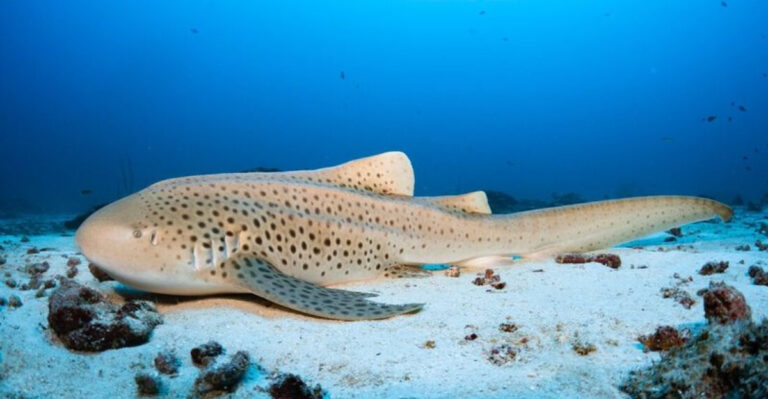11 Incredible Hedgehog Facts That Will Make You Love Them Even More
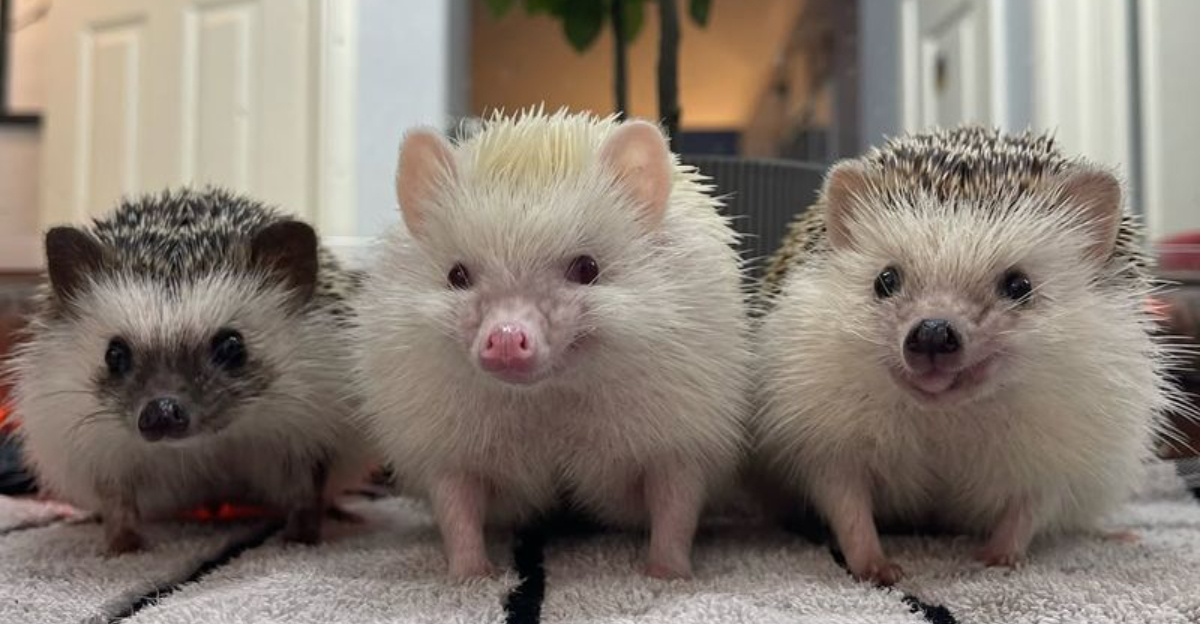
Hedgehogs, with their adorable faces and curious nature, have fascinated people for centuries.
These tiny creatures are not only cute but also full of intriguing characteristics that make them truly unique in the animal kingdom. From their unusual defense mechanisms to their surprisingly complex behaviors, hedgehogs offer endless surprises.
1. Hedgehog Spines

Hedgehogs are renowned for their distinctive spines, which are modified hairs made of keratin. Unlike porcupines, a hedgehog’s spines are not easily detached, providing a resilient defense against predators.
The spines are hollow and lightweight, making them an excellent protective armor without burdening the hedgehog. When threatened, these creatures can roll into a tight ball, with their spines pointing outward, deterring predators effectively.
2. Nocturnal Nature
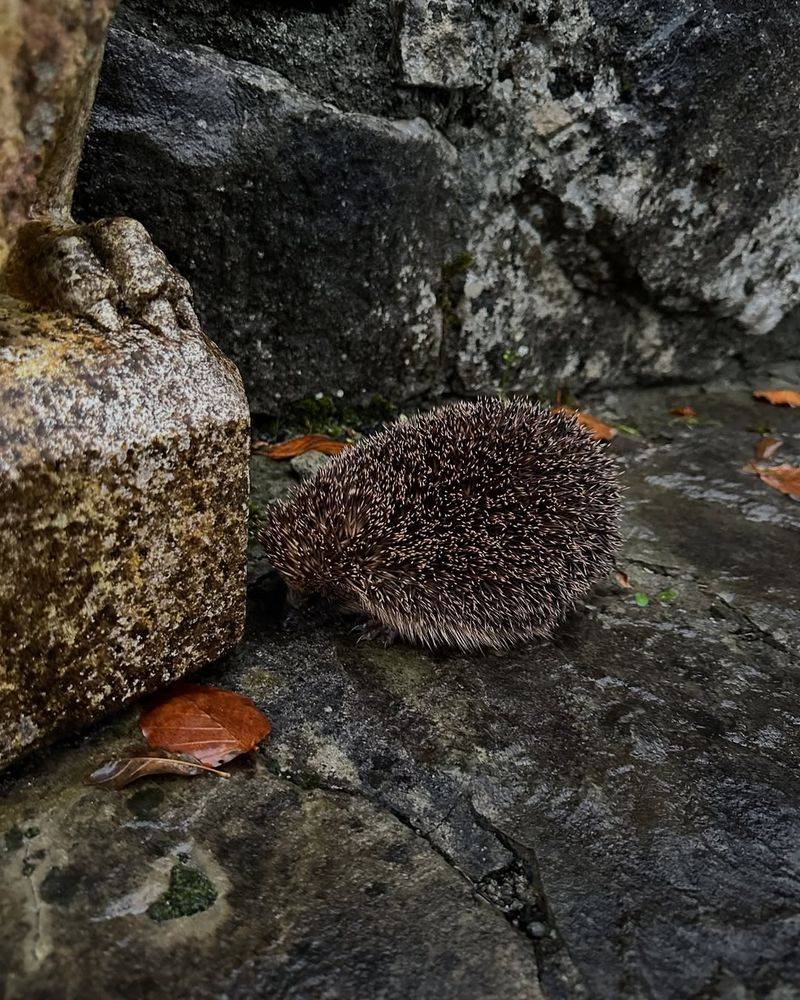
Hedgehogs are mostly nocturnal animals, venturing out at night to forage for food. Their keen sense of smell helps them locate insects, worms, and other small creatures in the dark.
This nighttime activity reduces competition for food with other animals and lowers the risk of predation. During the day, hedgehogs sleep in nests made of leaves and twigs, ensuring they remain hidden and safe.
3. Hibernation Habits
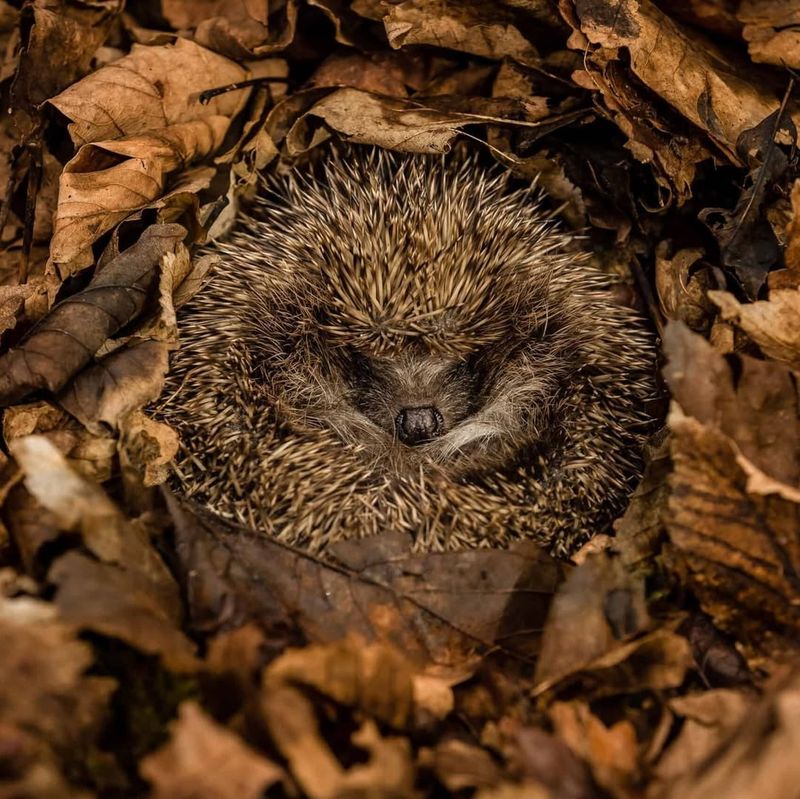
In colder climates, hedgehogs hibernate to survive the chilly winter months. They enter a state of torpor, significantly lowering their body temperature and metabolic rate. This energy-saving mode allows them to endure periods when food is scarce.
During hibernation, they rely on fat reserves built up during the warmer months. To prepare, hedgehogs find secluded spots and construct nests from leaves, grass, and other materials.
4. Diverse Diet
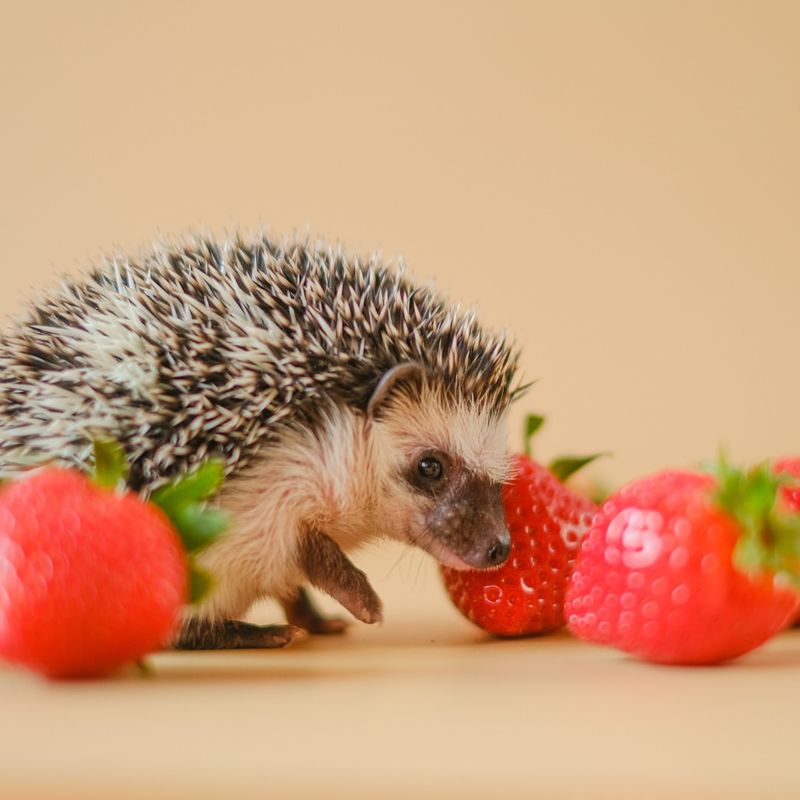
Hedgehogs are omnivorous, enjoying a varied diet that includes insects, slugs, snails, and even small vertebrates. They also consume fruits and berries, supplementing their nutritional needs. This diverse diet helps maintain their health and supports their energetic lifestyle.
Hedgehogs use their excellent sense of smell to detect food sources, often rooting through gardens and undergrowth. Providing a hedgehog-friendly garden with natural food sources can be a rewarding experience for wildlife enthusiasts.
5. Unique Communication
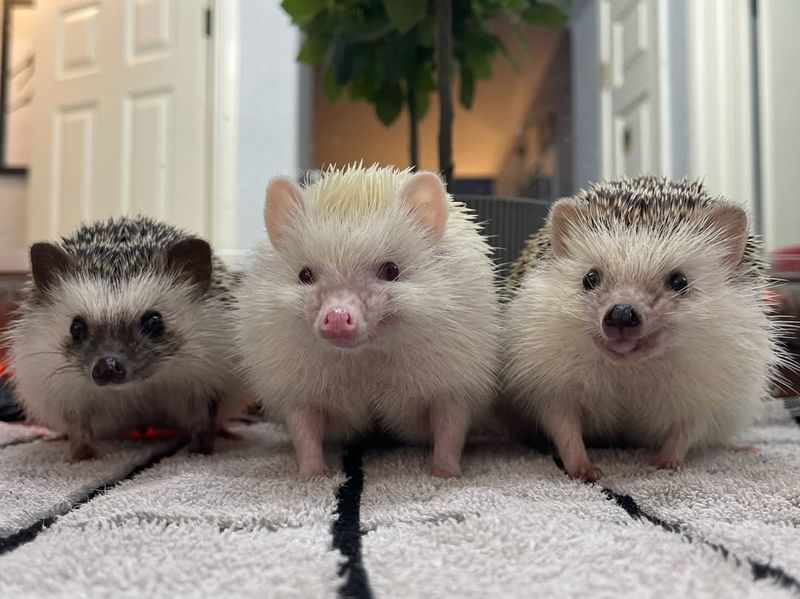
Hedgehogs communicate using a variety of sounds, including grunts, snuffles, and squeals. These vocalizations are used to express emotions, attract mates, or warn others of danger. Each sound serves a specific purpose in their social interactions.
In addition to vocalizations, hedgehogs also use body language to convey messages, such as raising their spines or curling into a ball. All these subtle signals can provide insights into their behavior and social structure.
6. Solitary Creatures

Hedgehogs are solitary animals, preferring to live and forage alone, except during mating season. This solitary nature reduces competition for food and nesting sites, allowing them to thrive independently. However, they will tolerate the presence of others when resources are abundant.
Despite their solitary tendencies, hedgehogs are not territorial and often roam over large areas in search of food. This independence is a key aspect of their survival strategy.
7. Rolling Defense Mechanism

One of the most iconic behaviors of hedgehogs is their ability to roll into a ball when threatened. This defensive mechanism involves tucking their head, feet, and belly inside, exposing only their spiky exterior.
This posture provides excellent protection against predators, as few animals can penetrate their prickly defense. The ability to roll up is a skill they perfect from a young age, ensuring their survival in the wild.
8. Ancient Lineage
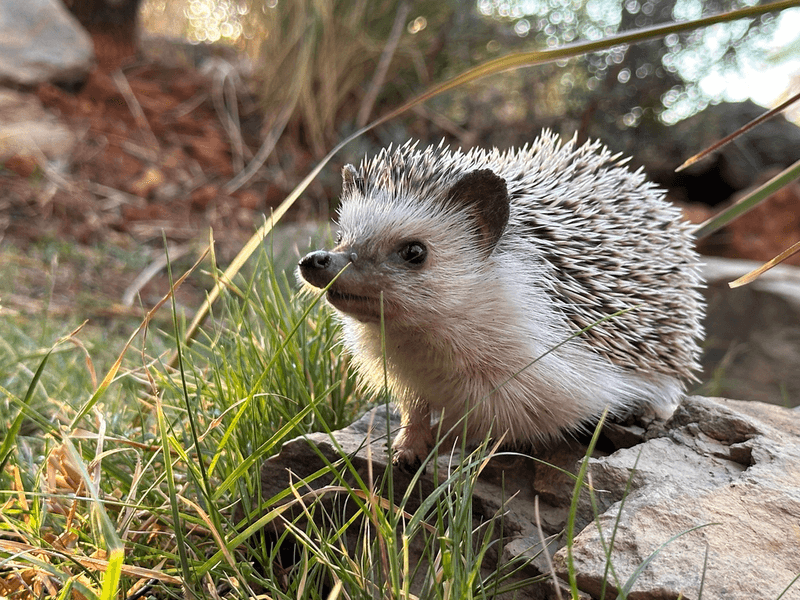
Hedgehogs boast an ancient lineage, with fossil records dating back millions of years. These resilient creatures have survived major climatic changes and continue to thrive. Their evolutionary success is attributed to their adaptable nature and effective survival strategies.
Hedgehogs have maintained their basic morphology over time, proving the effectiveness of their design. Their presence throughout history highlights their importance in various ecosystems.
9. Variety Of Species
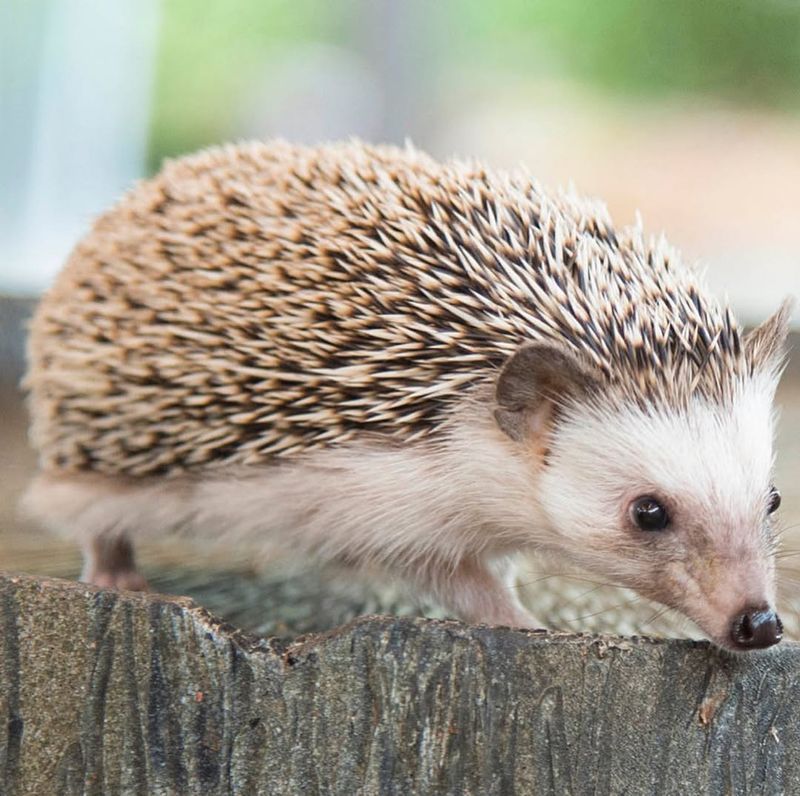
There are 17 different species of hedgehogs distributed across Europe, Asia, and Africa. Each species has adapted to its unique habitat, showcasing variation in size, color, and behavior. The European hedgehog is perhaps the most well-known, while the desert hedgehog thrives in arid environments.
This diversity reflects the hedgehog’s ability to adapt to different ecological niches. Understanding the variety among species helps conservation efforts by highlighting the specific needs and challenges each species faces.
10. Popularity As Pets

Hedgehogs have become increasingly popular as pets, particularly the African pygmy hedgehog. Their small size and unique appearance make them appealing companions.
However, potential owners should research their care requirements thoroughly, as hedgehogs have specific needs. They require a spacious enclosure, a proper diet, and regular handling to remain tame and healthy. Understanding their natural behaviors is crucial for providing appropriate care.
11. Natural Pest Controllers

Hedgehogs play a beneficial role in gardens by naturally controlling pests like slugs and insects. Their diet helps reduce garden pests, promoting healthier plant growth. Gardeners often welcome hedgehogs for their pest-controlling abilities, making them valuable allies in maintaining a balanced ecosystem.
Providing a hedgehog-friendly garden with shelter and food can encourage their presence. This natural pest control method not only benefits the garden but also supports hedgehog populations.





